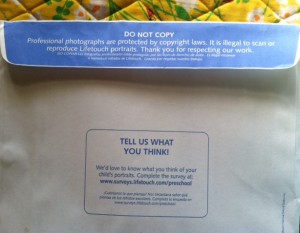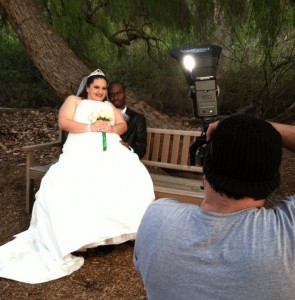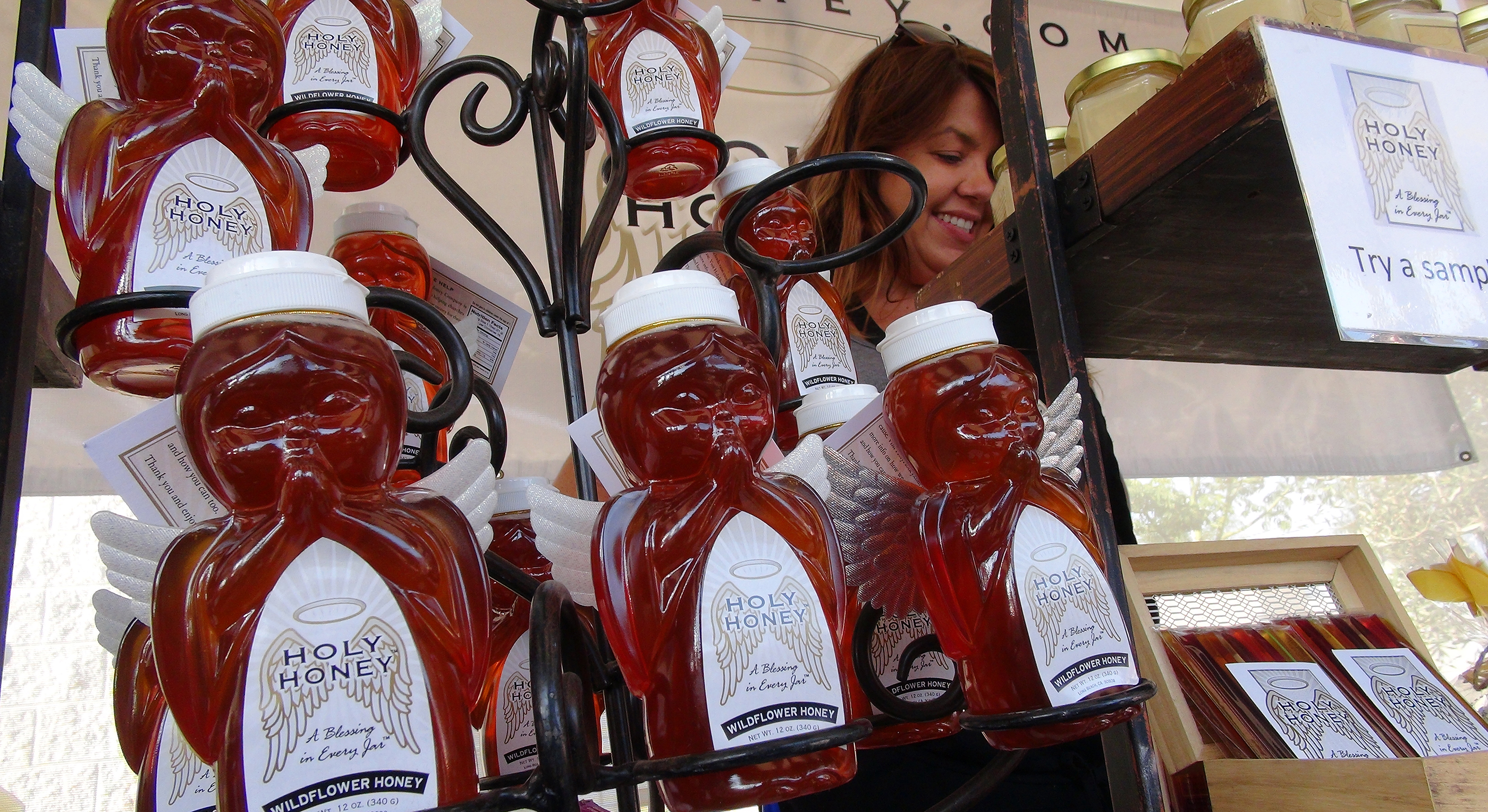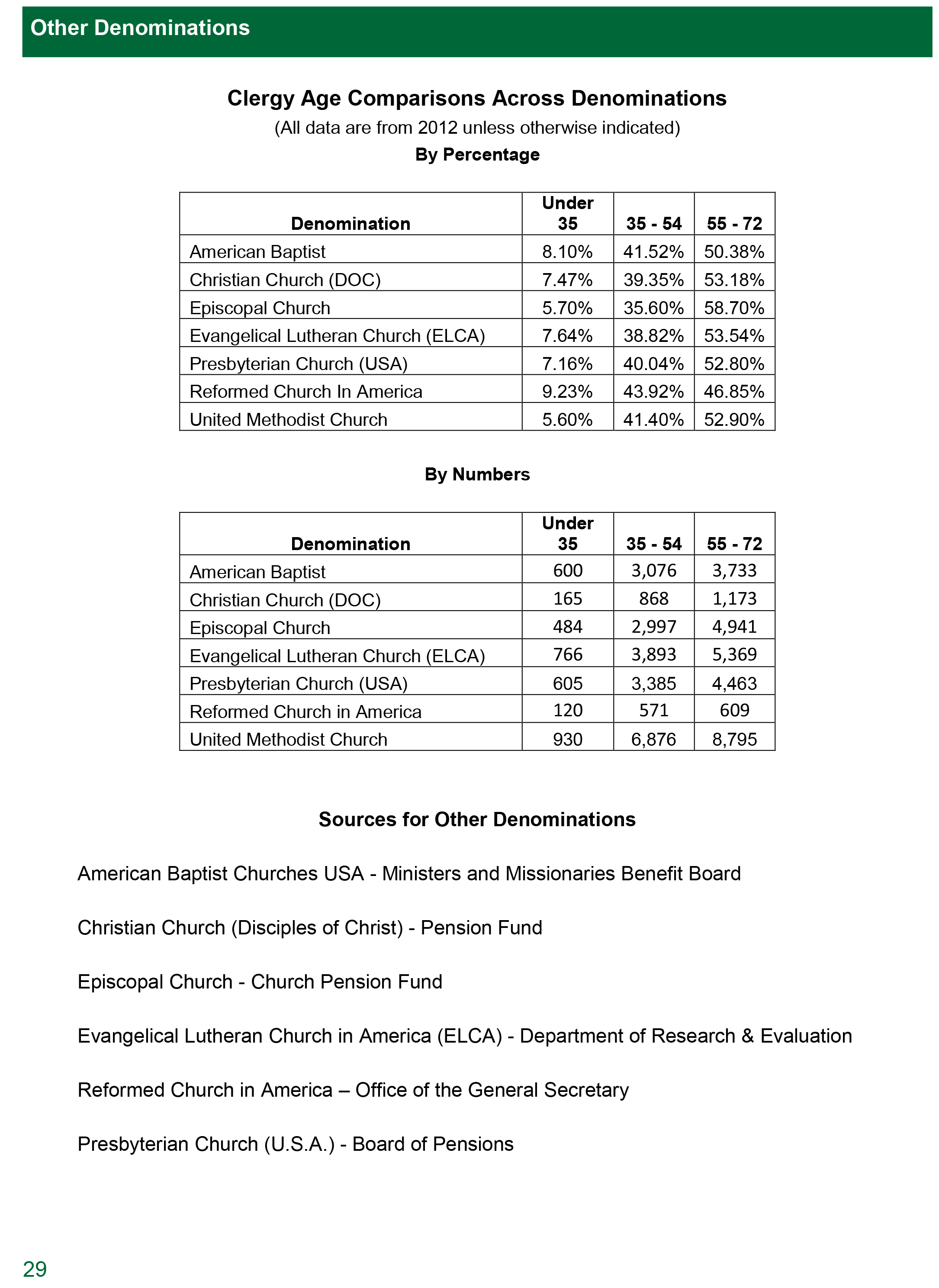Installations artists attempt to get copyright for works
Installation artists can spend more than 1,000 hours of work on one piece, but may not be eligible to receive copyright for their original work and have Visual Artists Rights Act to stop others from recreating their pieces with no penalty.
Juanita Estrada, works with installation artist based in Los Angeles, Calif. as a studio assistant since 2007. Estrada explains that her boss has tried to get her installation artwork copyrighted but believe it has been denied because her work did not meet basic copyright criteria for her type of visual artwork and had something to do with the definition of original artwork.

“It’s annoying that someone can just look at her work and attempt to replicate the work; the replication is never done well and she can’t get the work copyrighted to protect it,” Estrada said.
A court case on conceptual art being copyrighted was decided in early 2011 when an artist Chapman Kelley went to court against Chicago Park District for an installation piece that was done in one of the parks called “Wildflower Works” that used real flowers. The Chicago Park District decided in 2004 to reduce the flower piece to half its size and Kelley decided to sue the district. According to the courts, Kelley’s Wildflower Works did not qualify for basic copyright and could not have protection through Visual Artists Rights Act (VARA). The court said that the worked lacked “authorship” and being “fixed” which are two basic requirements of copyright work.
As a studio assistant, Estrada works on 3D design modeling and project management, the artist’s she works for uses flagging tape to create her installation art pieces that have been seen in Urban Outfitters and Nike Vault at LA Live as well as galleries and other spaces.

Estrada works with the artist and other assistants on figuring out how to install the project without damaging the space that they are given. Some of the installation art can be up for one day to a year. Her boss is working with a lawyer on getting her work copyrighted and making sure companies do not take advantage of her work.

“It’s weird to me that her work doesn’t get the same protection that music and photography does, it is one of a kind pieces,” she said.
Estrada explained that some big companies want artists to come in and do an installation piece in the store front and then they take what has been created in one store and have people attempt to replicate or recreate it in other stores.
“People don’t realize all the work and how hard it is to formulate and create an installation art piece can take hours to just do that,” Estrada said.
She hopes that her boss’s work can soon be copyrighted to prevent others from copying her installation pieces and not receiving proper credit and/or payment.


